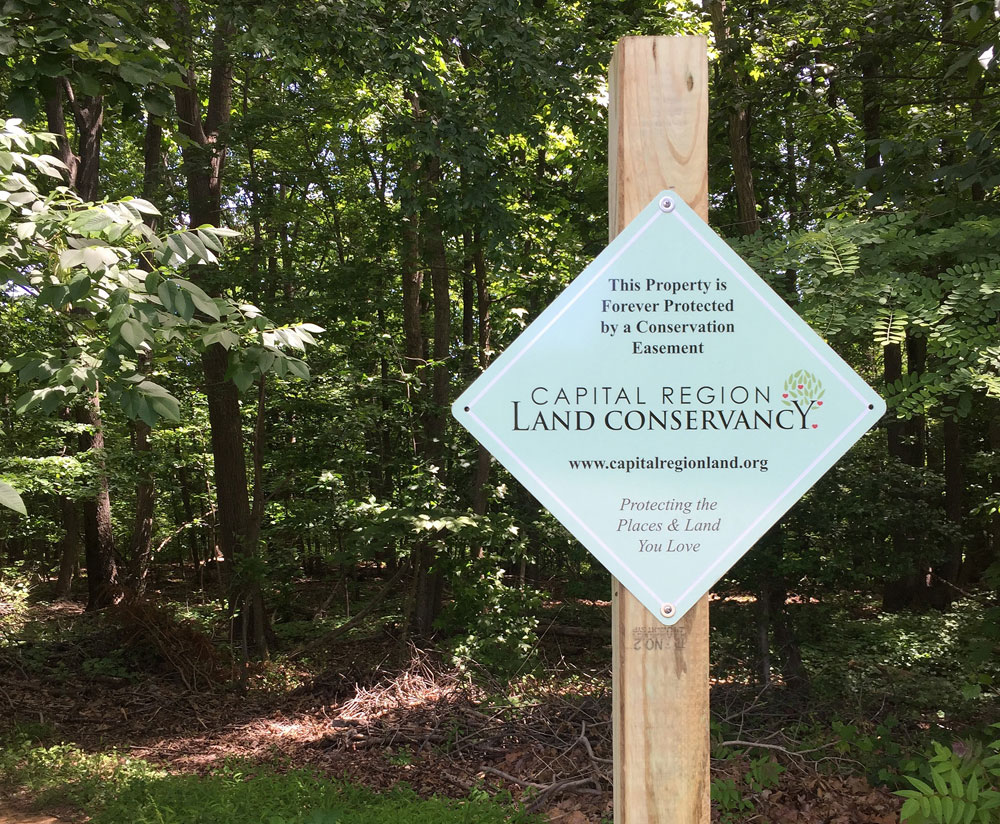
January 3, 2020; ProPublica
Conservation easements can be highly useful for land preservation. As Peter Elkind of ProPublica explains, with a conservation easement, a landowner agrees to permanently protect land from development. In exchange for forgoing the ability to cash in on the land’s market value, the landowner is entitled to deduct from her tax bill the difference between the appraised value of the land if sold on the market and the reduced financial value of the land that abides by the condition of the easement.
It seems like—and often can be—a great deal for all concerned. The public doesn’t need to buy the land, the only public expense being the tax deduction; typically, a nonprofit conservation land trust acts as a third-party validator and maintains the land for its easement-restricted use. In Maine, for example, 2.3 million acres, which works out to about 11.5 percent of all state land, are preserved through such mechanisms. That’s a million more acres than the federal government owns statewide.
An article published by Yale’s Environment 360 estimates that 40 million acres nationally are preserved by such mechanisms, more acreage than exists in national parks in the Lower 48 (which, outside Alaska, contain about 29.9 million acres). It is all pretty remarkable, particularly given that the conversation easement itself is only about 40 years old.
But what if you can juice that appraisal value? Since the land is not actually sold on the market—that is the point of the easement, after all—opportunities for abuse are rife. This is particularly the case when you have what is known as a syndicated conservation easement.
What makes a conservation easement a “syndicated” easement? Well, with a traditional conservation easement, typically a long-term landowner agrees to a restriction on her property’s use. In other words, most people don’t buy properties with the purpose of getting easements. Rather, they decide to add the easement as a way of preserving a family’s legacy. The tax deduction is certainly an incentive for doing so, but it is not the sole motivator in most cases.
A syndicated conservation easement, reports Elkind, can look very different. It often involves “buying up land, finding an appraiser willing to declare that it has huge development value and thus is worth many times the purchase price, then selling stakes in the deal to wealthy investors who extract tax deductions that are often five or more times what they put in.”
According to a 2017 Brookings report, tax deductions for conservation easements tripled from $971 million in 2012 to $3.2 billion in 2014. This could reflect a surge of interest in conserving land…or something else.
Sign up for our free newsletters
Subscribe to NPQ's newsletters to have our top stories delivered directly to your inbox.
By signing up, you agree to our privacy policy and terms of use, and to receive messages from NPQ and our partners.
For its part, the IRS is betting on “something else” and listed the syndicated conservation easement practice in its annual “Dirty Dozen” list of the “worst of the worst” tax scams in March 2019 (see item 12, abusive tax shelters).
Elkind reports, “Three IRS divisions are now conducting coordinated examinations of syndication deals after identifying 125 ‘high-risk cases,’ and outside contractors have been hired to assist with the investigative load. More than 80 tax court cases are now pending against partnerships that used the syndicated easement deduction.”
Elkind describes one deal outlined in a US Justice Department complaint:
In 2015, an EcoVest entity acquired 28 acres in North Myrtle Beach, South Carolina, for $1.1 million. The firm raised about $9 million from investors who bought the property, then made an easement donation based on a claimed value for what the land would be worth if developed as a multifamily resort. That projection, made by an appraiser hired by the promoters, produced a tax deduction of about $39.7 million. The tax write-off for investors: $4.12 for every $1 invested.
What a deal!
Unfortunately, Elkind reports that despite IRS efforts, the scheme continues, largely because of a lack of IRS resources. Back in 2014, when the IRS was facing funding cuts, NPQ’s Rick Cohen lamented the relative lack of nonprofit concern: “Where is the nonprofit sector’s leadership on the IRS budget? For years, it has been well known that the tax-exempt unit of the IRS has been grossly underfunded. Leadership organizations should be militating for adequate funding for the IRS.”
Alas, the consequences of regular shortchanging of the IRS are now visible to all. “Boy, it isn’t like the old days, when people were fearful of the IRS,” Steven Miller, who oversaw tax-exempt organizations for 25 years at the IRS, tells Elkind. Former IRS commissioner John Koskinen, who left the agency in late 2017, adds that “I thought by now they would have put these guys out of business. Obviously, if you can get four to seven times your investment back in deductions, that’s a good deal. But you really have to have a lot of chutzpah to pull it off.”
For the record, an EcoVest spokesperson tells ProPublica that the government’s charges are “baseless.” Meanwhile, reports Elkind, the Land Trust Alliance, a national association of conservation land trusts, has been pressing the IRS to crack down on the practice for a decade.—Steve Dubb













